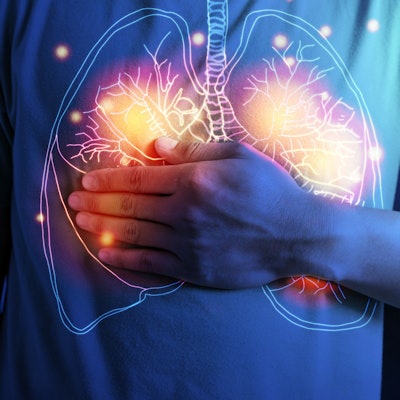
How well are patients with heart disease provided with imaging services in Germany? Recent analysis suggests that while there is an established network of specialist radiological facilities and experts, there is scope for improvement, particularly when it comes to reimbursement.
 Prof. Dr. David Maintz from Cologne. Courtesy of DRG.
Prof. Dr. David Maintz from Cologne. Courtesy of DRG."There is an urgent need for action here for the Federal Joint Committee to include cardiac CT and cardiac MRI in the statutory health insurance (SHI) benefits catalog," noted Prof. Dr. David Maintz, director of the Institute for Diagnostic and Interventional Radiology at University Hospital Cologne in an interview with the German Röntgen Society (DRG).
"This step makes sense not only medically, but also in terms of health economics, since cardiac CT and MRI can replace significantly more expensive cardiac catheterizations and inpatient stays," he said.
Based on a survey of radiology departments in hospitals and private radiology practices, as well as analysis of data from the DRG and the European Society of Cardiovascular Radiology (ESCR), Maintz and the other authors of a recent publication, "Status of Cardiovascular Imaging in Germany," found that patients have immediate access to appropriate expertise almost everywhere, and referring physicians also have local radiology contacts. Reporting is performed by radiologists as well as in close interdisciplinary collaboration with clinical colleagues.
Furthermore, minimally invasive imaging methods are playing an important role in the diagnosis, therapy management, and monitoring of heart disease as they make invasive methods such as cardiac catheterization unnecessary in many cases, the authors wrote.
They also outlined areas that could be improved. For example, heart disease could be diagnosed much more frequently using noninvasive imaging instead of catheter examinations, which are much more stressful for patients. However, they highlighted how cardiac CT and cardiac MRI cannot be made available to all patients who should be examined with these methods due to a lack of reimbursement options in the statutory health insurance system.
Editor's note: To read the original DRG interview published in German, go to the DRG website. Also, the society released a press release on 17 November.



















